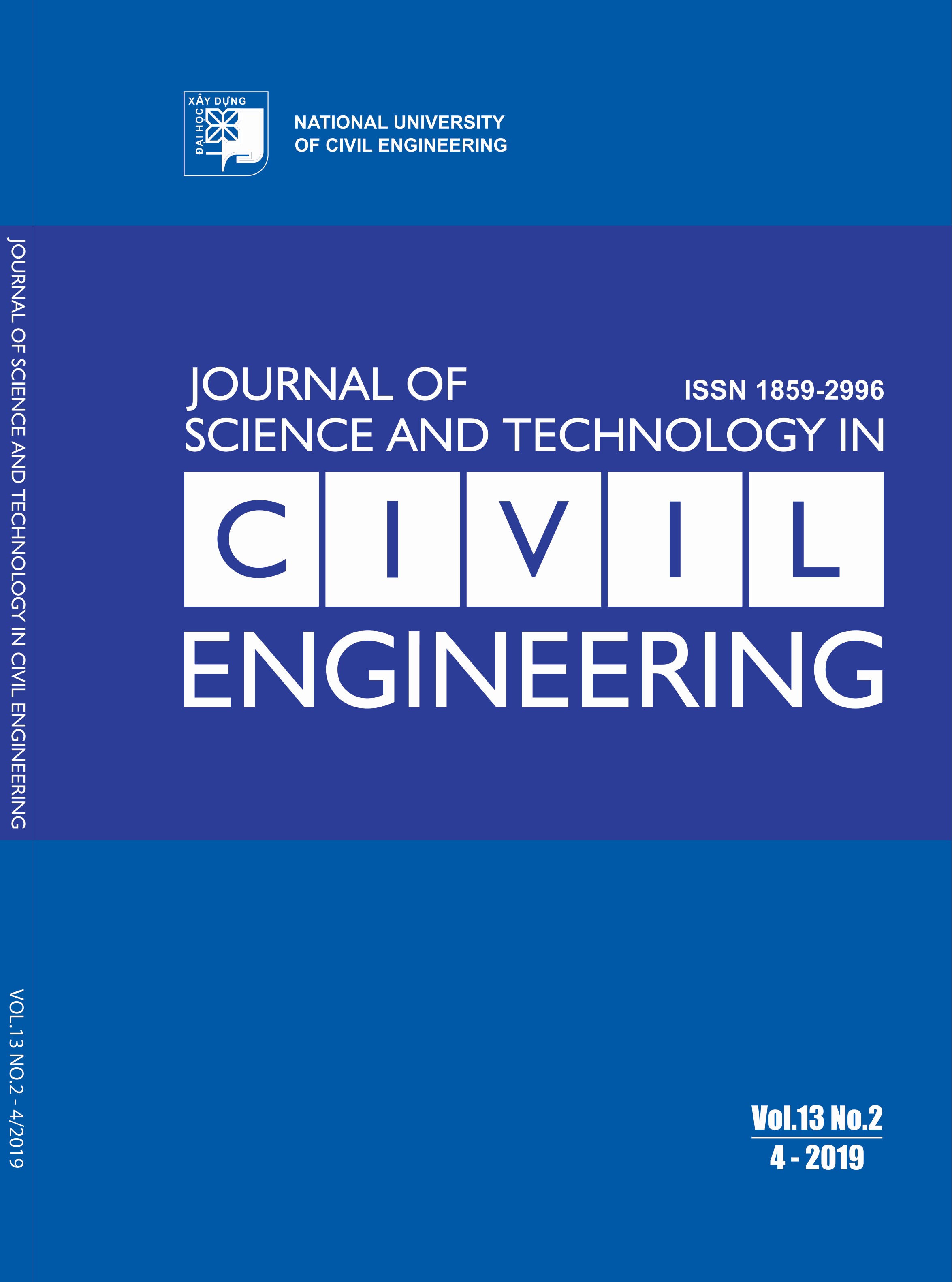Application of Hilbert Huang transform to identify the natural frequencies of steel frame
Abstract
Identification of dynamic structural characteristics such as natural frequency based on measured vibration responses at site is one of the important steps in the structural investigation work of loading test and structural health monitoring. During the service stage, the dynamic characteristics can be changed due to the stiffness reduction and nonlinear of structure under extrema excitation. Therefore, the identification of instantaneous parameters of structure is very necessary in detecting and monitoring the structural deterioration continuously by the time. This paper presents the data processing method using Hilbert Huang Transform (HHT) algorithm in determining a time-dependent frequencies of steel frame. The vibration experiment for steel frame was conducted in this study. The acceleration responses in time domain were recorded and analyzed by HTT to determine the fundamental natural frequencies of frame. The instantaneous frequencies in the time domain of steel frame are the main finding in this research. The traditional data processing method using a Fast Fourier Transform (FFT) was conducted and compared with the HHT method.
Keywords: Hilbert Huang Transform (HHT); steel frame; Fast Fourier Transform (FFT); natural frequency.
Downloads
Copyright (c) 2019 National University of Civil Engineering

This work is licensed under a Creative Commons Attribution-NonCommercial-NoDerivatives 4.0 International License.
1. The Author assigns all copyright in and to the article (the Work) to the Journal of Science and Technology in Civil Engineering (JSTCE) – Hanoi University of Civil Engineering (HUCE), including the right to publish, republish, transmit, sell and distribute the Work in whole or in part in electronic and print editions of the Journal, in all media of expression now known or later developed.
2. By this assignment of copyright to the JSTCE, reproduction, posting, transmission, distribution or other use of the Work in whole or in part in any medium by the Author requires a full citation to the Journal, suitable in form and content as follows: title of article, authors’ names, journal title, volume, issue, year, copyright owner as specified in the Journal, DOI number. Links to the final article published on the website of the Journal are encouraged.
3. The Author and the company/employer agree that any and all copies of the final published version of the Work or any part thereof distributed or posted by them in print or electronic format as permitted herein will include the notice of copyright as stipulated in the Journal and a full citation to the Journal as published on the website.







